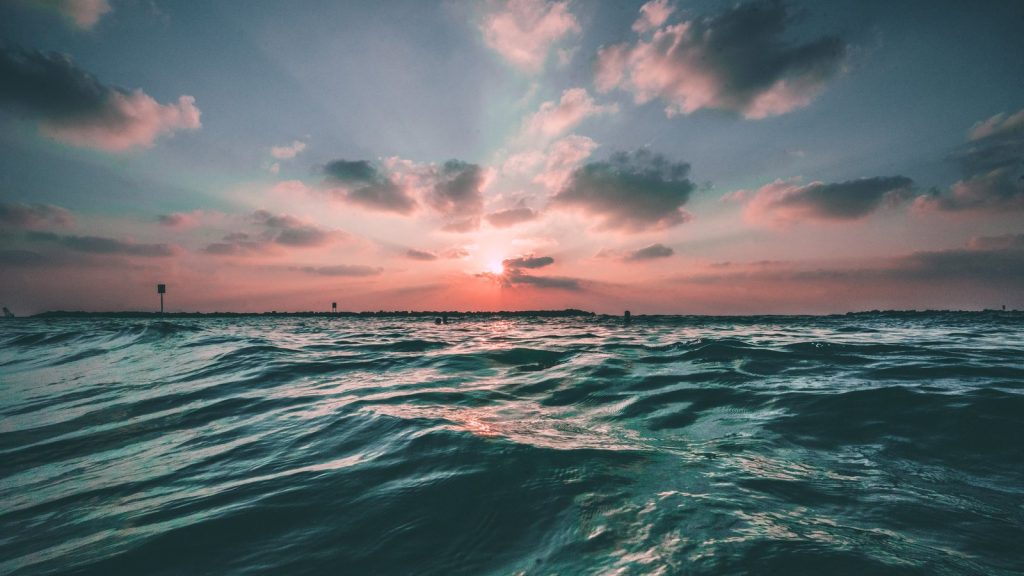Global Citizen
By
March 7, 2023
This historic agreement might be the secret weapon to tackling the climate crisis.
“Ladies and gentlemen, the ship has reached the shore,” and with that, UN conference president, Rena Lee announced a historic achievement that would safeguard the world’s open waters. The announcement was greeted with a roaring applause and a standing ovation that brought the President to tears.
On Saturday March 5, almost 200 countries agreed upon a legally-binding treaty designed to defend the planet’s oceans. It’s been almost two decades in the making, and after lengthy negotiations during which delegates deliberated in a conference room for over 36 hours, history was made: a multilateral agreement was achieved on what is being called the High Seas Treaty.
Let’s talk about what it is and what it aims to do for our global fight against the climate crisis.
What Is the UN High Seas Treaty?
While the language around this agreement is a great deal of fun, and sounds a lot like pirate lingo, it’s important to know what it all means.
The High Seas Treaty is a legal framework, or a set of legal tools, designed to protect the oceans that are beyond any country’s territory. The high seas are defined as the waters that are 200 nautical miles from any national jurisdiction; they are international open waters that all countries can use for marine business such as shipping, fishing, and marine research.

